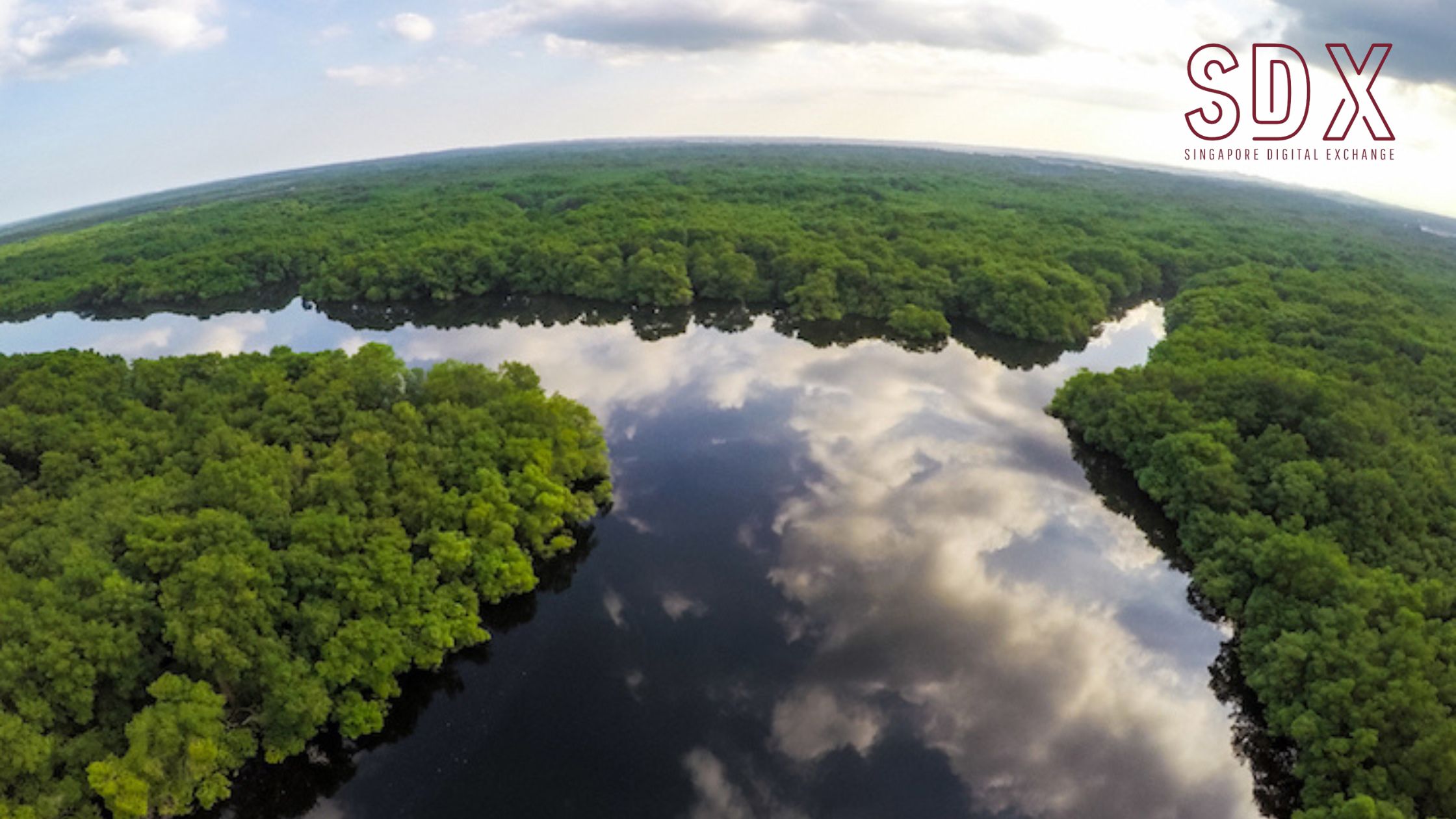The first advice is to go for the comprehensive and free overview of markets done by the Ecosystem Marketplace rather than only for market reports by the markets: the greens are all eyes on the climate forests and markets, so you can be sure they collect all the information on earth on the projects and the market processes. Read also Ph.D. theses about the area you aim to invest in, these often provide you with a complete picture. Carbon credits gained by any tree you plant have to be verified before getting into carbon markets. This verification is actually very expensive but not impossible. Check though that the cost of verification will not eat up your possible profit. Carry out also extensive research on verifiers and their prices. If you go e.g. to the Chicago Climate Exchange Registry website, you will see which companies verified credits that have been accepted. There are other smaller unregulated voluntary carbon markets (mostly in the USA), but markets under the mandatory emissions reduction schemes such as the United Nations’ Clean Development Mechanism or the European Union’s Emissions Trading Scheme are not that supreme or not suitable at all for carbon forest credits.
If you decide to jump on this bandwagon, and invest in a project, follow the well-tried paths and continents, it is risky enough not to. Carbon forests are for some poor countries the only hope to survive, therefore they sell out all their existing forests and base their whole economy on climate forests. However, an oversupply of credits will make the price fall so these countries, however tempting and green, are eventually risky from the investment point of view. Besides, desperate sellers sometimes try to sell the same spot of forest to 60 different buyers online. So if you see very small local brokers or project-based short-term initiatives ending in 5 years’ time offering you investments in climate forests in far-end countries, be very cautious, and leave or make sure their system is valid, monitored by some international organization, and that your credit will eventually be verified and reach any market.
The same principle used in emissions trading has been set into place through the adoption of the global Kyoto Protocol carbon credits scheme. Carbon credits designate a monetary or financial value to greenhouse gas emissions. For instance, one credit means the owner of the credit has permission to release one tonne of carbon dioxide. The Kyoto Protocol is one internationally-recognized treaty that defines the limits of emissions that entire countries can release into the environment over a certain period of time. These countries are then responsible for regulating the businesses or enterprises which operate in their jurisdiction, as far as their level of emissions is concerned. Just like in emissions trading, as shown above, the carbon credits scheme allows businesses that have surpassed the permitted amount of emissions released to purchase carbon credits from those businesses which have been able to stay within emissions limits. An interesting aspect of carbon credits is that they can be traded on an open market level as well, with a market price being observed.


